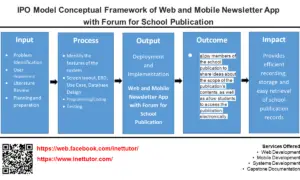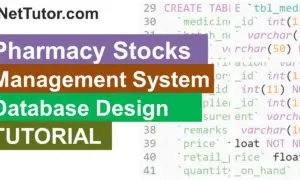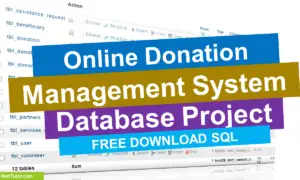Conceptual Framework of IoT-based Medicine Monitoring and Dispensing System
Welcome to our exciting blog post where we dive deep into the world of IoT-based Medicine Monitoring and Dispensing Systems! In this technologically advanced era, healthcare is taking giant leaps forward, and this revolutionary system is no exception. The conceptual framework of this cutting-edge technology promises to transform medication management, bringing a wave of benefits for patients and healthcare providers alike.
Imagine a world where medication adherence becomes a breeze, and patients no longer have to worry about missing crucial doses. With the IoT-based Medicine Monitoring and Dispensing System, this vision is becoming a reality. In this article, we’ll explore the foundation of this innovative system, its core components, and how it promises to revolutionize the way we manage medical treatments, especially for conditions like Tuberculosis Directly Observed Treatment, Short-course (TB DOTS). Whether you’re a healthcare professional, a patient, or simply curious about the latest advancements in medical technology, join us on this captivating journey into the Conceptual Framework of the IoT-based Medicine Monitoring and Dispensing System. Let’s explore the possibilities together!
About the Project
Table of Contents
Tuberculosis (TB) remains a global health challenge, affecting millions of people each year. The success of TB treatment largely depends on the accurate monitoring and adherence to medication regimens, particularly with the Directly Observed Treatment, Short-course (DOTS) strategy. However, traditional DOTS methods have limitations in ensuring real-time monitoring and effective medication dispensing. Fortunately, the advent of the Internet of Things (IoT) has opened new avenues for improving TB treatment outcomes. In this article, we explore the potential of IoT-based medicine monitoring and dispensing systems in enhancing the effectiveness of TB DOTS treatment.
IoT technology enables the seamless integration of smart devices and sensors, allowing for real-time data collection and communication. When applied to medicine monitoring for TB DOTS, IoT devices can play a crucial role in ensuring accurate dosage adherence and timely administration. Smart pillboxes equipped with sensors can detect when medication is taken out or missed, automatically recording the data and transmitting it to healthcare providers or caregivers. This real-time monitoring enables early intervention and reduces the risk of treatment failure due to missed doses.
Objectives of the Study
- The primary objective of IoT-based medicine monitoring and dispensing systems for TB DOTS is to significantly enhance medication adherence among patients, leading to improved treatment outcomes and reduced disease transmission.
- Enable Real-Time Tracking and Intervention of medication usage, empowering healthcare providers to promptly address any irregularities or missed doses. This proactive approach ensures patients stay on track with their treatment, preventing potential complications and enhancing their overall health.
- To establish a comprehensive data collection and analysis system, enabling healthcare providers to gain valuable insights into medication adherence patterns. By understanding patient behavior and challenges, healthcare professionals can develop targeted interventions for improved adherence.
- The objective is to leverage the wealth of data obtained through the IoT-based system to customize treatment plans based on individual patient needs. Tailored treatment strategies enhance patient engagement and cooperation, optimizing the effectiveness of the TB DOTS program and ultimately leading to better patient outcomes.
Conceptual Framework Diagram
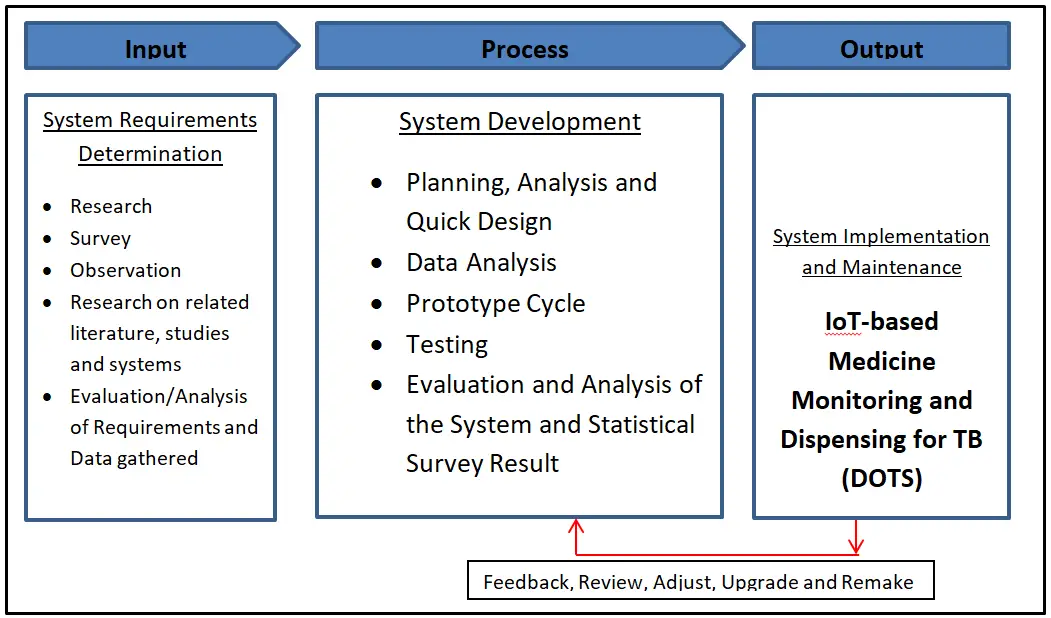
The image above depicts the project’s conceptual framework, entitled IoT-based Medicine Monitoring and Dispensing TB (DOTS). It is based on the input, process, and output (IPO) model.
Input
The project will begin by evaluating the present process, which will lead to the stage of doing research, survey and observation. The researchers will also need to compile relevant papers and systems to use as a guide for the project’s development. After all such process, the researchers will evaluate and analyse the requirements and data gathered.
Research: Research involves a systematic investigation and collection of data to gain knowledge, insights, and understanding of a specific topic or issue. It aims to answer research questions and address the objectives of the study. Research methods can include experiments, interviews, data analysis, and literature reviews.
Survey: Surveys are a data collection method that involves gathering information from a group of individuals, often through questionnaires or interviews. Surveys are used to obtain opinions, attitudes, and preferences of the target population, providing valuable quantitative or qualitative data.
Observation: Observation is the process of closely watching and recording behaviors, events, or phenomena as they naturally occur. It is an essential method for gathering real-time data and understanding how people or systems behave in their natural settings.
Research on related literature, studies, and systems: This involves conducting an extensive review of existing literature, academic papers, studies, and similar systems related to the subject of the research. It helps in gaining insights into past findings, identifying gaps, and building on the existing knowledge to inform the current study’s design and methodology.
Evaluation/Analysis of Requirements and Data gathered: In this phase, the collected data, whether from research, surveys, observation, or related literature, is evaluated and analyzed to draw meaningful conclusions. The aim is to identify patterns, trends, and relationships among the data to support decision-making and draw insights for the development of the project or study. Requirements are also analyzed to determine their relevance and feasibility in meeting the project objectives. This analysis forms the basis for making informed decisions during the project’s implementation.
Process
The researchers will select and choose the optimum software development life cycle model for the project in this section.
Planning, Analysis and Quick Design
During Analysis and Quick Design, the researchers did a personal interview with the respondents and the chosen client where the study was conducted. The respondents were given the chance to suggest how the system will be designed. After conducting the data gathering, the researchers made an initial design for the proposed system.
Data analysis
Consultation is used to gather requirements from end users and generate ideas. We also distributed a survey questionnaire that was authorized by three experts (IT Expert, English Grammarian, and Researcher). And these questionnaires functioned as our data gathering tool, measuring the performance of the manual system that served as the foundation for the development of our proposed system.
Prototype Cycle
This stage will consist of the researchers’ data being compiled, built, demonstrated, and refined. The researchers create a prototype first, based on the planned design and data tables. The prototype will be shown to the client after it has been built. The researchers demonstrate the system’s operation, the flow of how it operates, and the functions of the system’s features. The next stage is refining, in which the researchers will fine-tune the system based on the client’s extra requirements. Changes to the features flow and functionalities will be made based on the needs.
Testing and Evaluation
This will include the feed backing of the proposed system after it will be implemented and had undergone testing by three Experts. It will also inform the researchers and the developer if there are any bugs, suggestion and if the system’s functionality will work well.
This will discuss the implementation of the proposed system wherein Three (3) Experts will evaluate the proposed system. This will also discuss if the recommended functions and suggestion are met.
Output
The project comes to life and is executed in the real world after all of the necessary procedures have been completed. A new project is born, and it will be maintained for the project’s long-term survival.
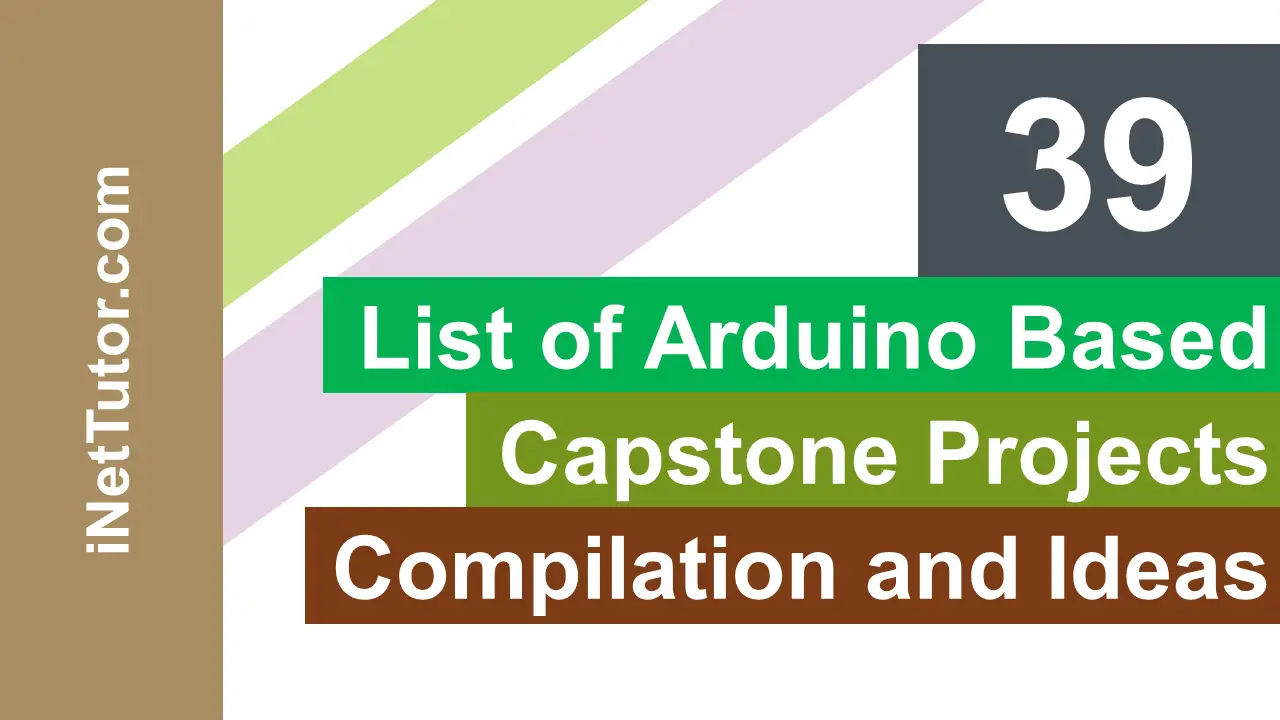
Summary
This research article focuses on the conceptual framework diagram of the IoT-based Medicine Monitoring and Dispensing for TB (DOTS). The input, process, and output (IPO) model serves as the conceptual framework for the investigation. The input phase includes Research, Survey, Observation, Research on related literature, studies and systems and Evaluation/Analysis of Requirements and Data gathered. When the input phase is finished, the researchers will move on to the process stage. The Software Development Life Cycle (SDLC) approach is employed (SDLC). The SDLC technique includes Planning, Analysis and Quick Design, Data Analysis, Prototype Cycle, Testing and Evaluation and Analysis of the System and Statistical Survey Result. The final stage before the developed system is implemented and used is the output phase. The researchers will be in charge of the newly formed project.
Readers are also interested in:
Abstract of Arduino Based Automated Plant Watering System
Receive Bluetooth Data from Arduino to MIT App Inventor (HC-05/06)
You may visit our Facebook page for more information, inquiries, and comments. Please subscribe also to our YouTube Channel to receive free capstone projects resources and computer programming tutorials.
Hire our team to do the project.
